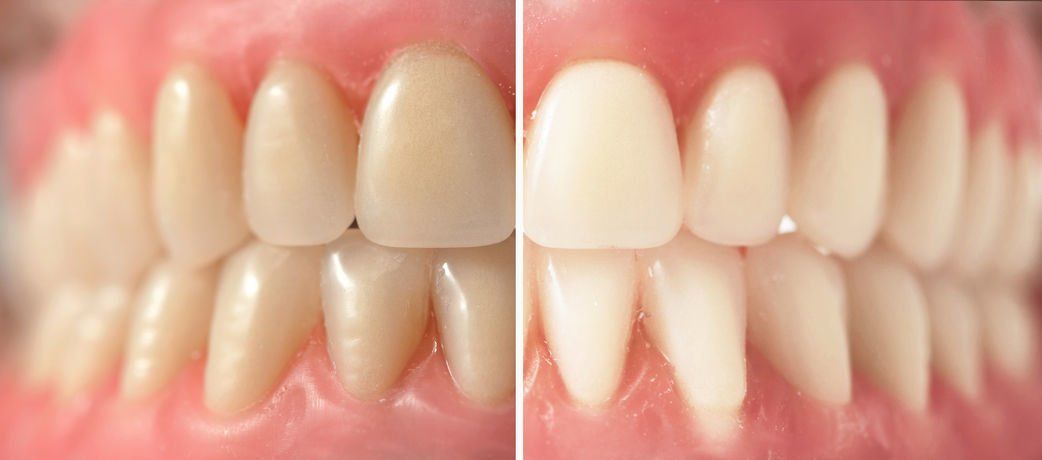The Best Ways to Get Rid of Teeth Stains
- By Mary Marks
- •
- 23 Aug, 2019
- •

The food we eat, the beverages that we drink all come into contact with the enamel on our teeth, discoloring and staining our pearly whites and age is not gentle on the color of our teeth either. Fortunately, there are many ways to get rid of teeth stains – here are the most efficient methods:
- Professional whitening – the best, but also the most expensive way to get tooth stains removed is to turn to your Denver sedation dentistry office. Professional stain removal methods have the additional benefit of whitening teeth without harming them;
- Natural methods – oil pulling (the practice of swishing oil around in the mouth) is a gentle and efficient way to clean teeth and to remove the smaller stains from the surface of the enamel;
- Brushing your teeth with baking soda – the humble, common baking soda has excellent whitening and antiseptic properties. However, the substance is abrasive, therefore you must pay attention not to brush too vigorously or you might risk damaging the enamel on your teeth;
- Over-the-counter whitening systems – the whitening gels, liquids and toothpastes available in drug stores are also efficient. If this is your method of choice, be aware that most of these products contain hydrogen peroxide, which might cause gum irritation, so if you notice any discomfort after usage, you should probably switch to a different method.





Although oral sedation dentistry Highlands Ranch is one of the optionsavailable for managing anxiety and discomfort during oral surgery, you certainly do not need to use it all the time. As a matter of fact, the exact type of sedation or anesthesia that you receive during oral procedures may depend on various factors, such as the complexity of the procedure, your medical problems, as well as your doctor’s preferences.
There can be several different levels of sedation that can be used in oral surgery. Local anesthesia is one of them. This involves injecting anesthetic medication into the specific area where the surgery will take place. It numbs the area and is often used for less invasive procedures.
Oral sedation involves taking medication in the form of a pill to induce a state of relaxation and drowsiness. The patient is still conscious, but he/she may not be fully aware of the procedure. At any rate, sedation helps him/her get rid of anxiety.
In the case of intravenous sedation, medication is administered through a vein, which induces a deeper state of sedation than oral sedation. Patients may still be conscious, but they are less aware of their surroundings and may not remember the procedure.





